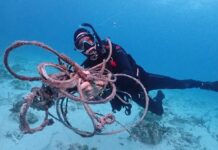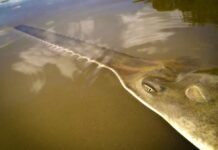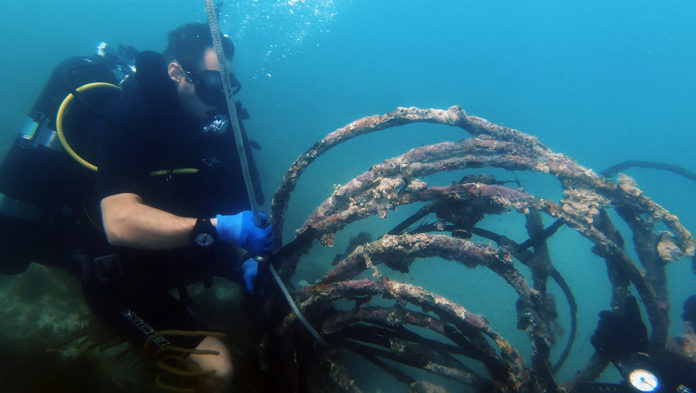
Last week, U.S. Army Green Berets joined the Florida Keys National Marine Sanctuary and the U.S. Coast Guard in a first-ever, joint underwater cleanup in the waters off Key West.
As the Army’s most specialized experts in unconventional warfare, Green Berets training sometimes includes time at the Special Forces Underwater Operations School (SFUWO) in Key West. Since the 1960s, the location has been the Army’s only educational facility of the sort.
SFUWO divers navigate on sections of seafloor as part of their underwater training. Last summer, a contractor looking for Civil War munitions between Fort Taylor and the reef found potentially dangerous materials in the areas used for SFUWO training, and the “perfect opportunity” for this unique collaboration presented itself.
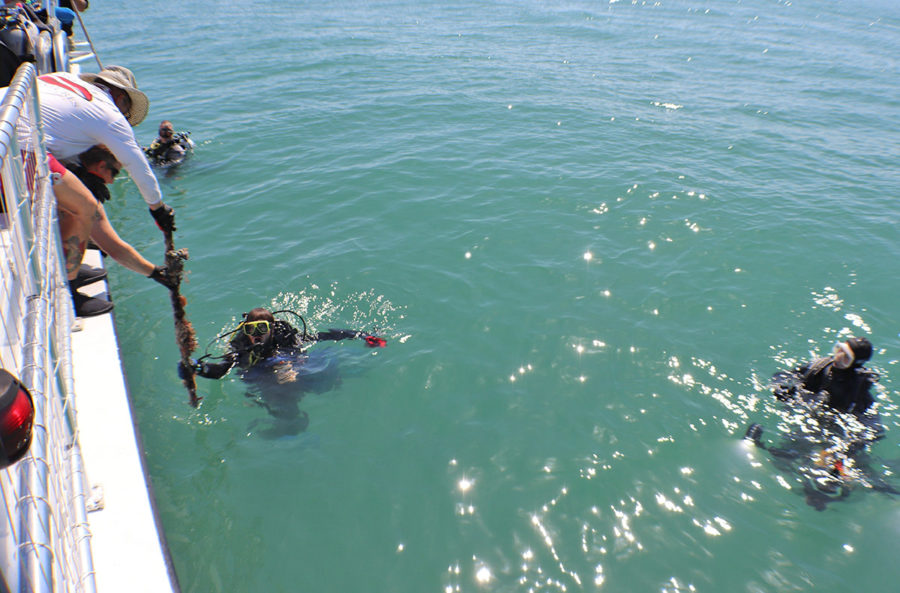
The cleanup was organized under Florida Keys National Marine Sanctuary’s Goal: Clean Seas Florida Keys and Blue Star Dive programs, which provide grants to local dive operators to remove marine debris safely. Under the programs, tens of thousands of pounds of debris have already been removed from Keys waters.
“Florida Keys National Marine Sanctuary educates Blue Star dive operators on best practices for debris removal and over 50,000 pounds have been retrieved from Keys’ waters to date,” said Sara Rankin, local chapter director for National Marine Sanctuary Foundation, which funds the programs. “Pairing Blue Star divers with U.S. Army Special Forces and the U.S. Coast Guard is the most genuine representation of how a community-led program flourishes. It was a great day for our community above and below the water.”
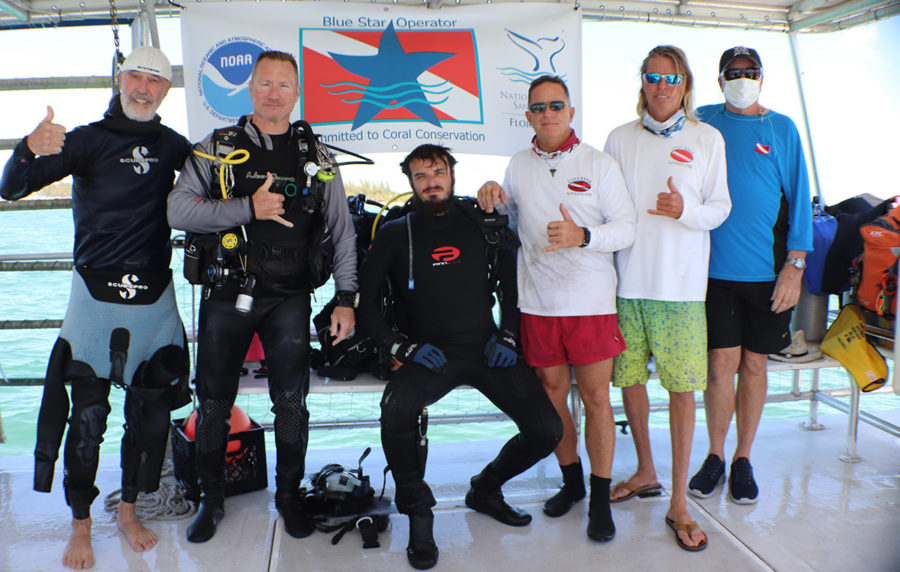
Bob Holston, a past member of the foundation board and currently of Dive Key West, a Blue Star operator, noted how divers will be the “canary in the mine” for problems in the sanctuary and highlighted how they can also be part of the solution, with programs like the Blue Star Diving Program.
“We get to see the changes that are happening on the reef way before the average person does,” he said. “Any operator that does not take part in the Blue Star program is contributing to the demise of their industry. What we want to do is get these people involved, get their customers involved.”
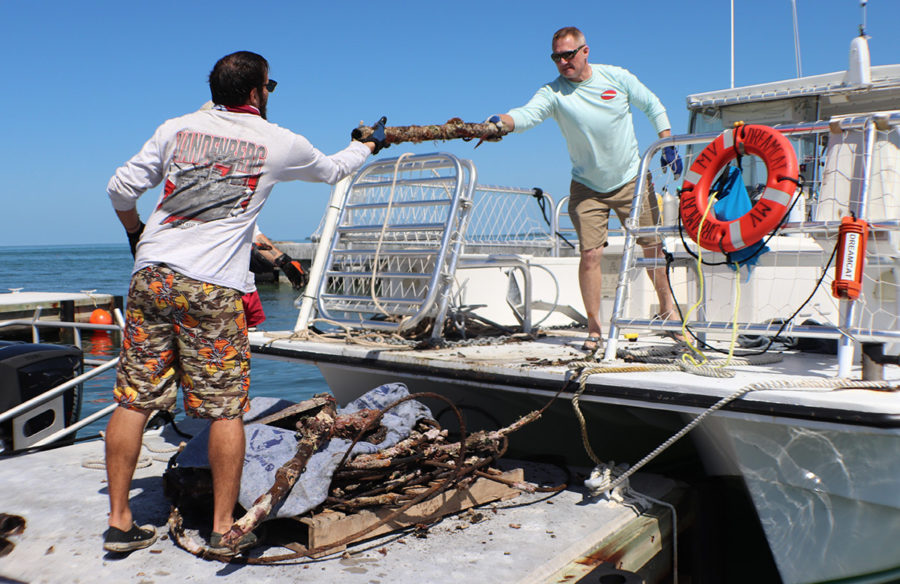
Holston realized that he wanted to take part in the cleanup when he realized the special forces train with such obstructions.
“A diver who is on closed circuit leaves no bubbles, so it’s very hard to track them,” he explained. “We did not want them to get tangled up in something.”
The novel mission resulted in the removal of more than 1,200 pounds of debris from SFUWO training waters. The special team of divers worked two locations off Truman Annex, bringing to the surface an array of cables and pipes for safe disposal. The cables were very much embedded and had clearly been there for a long time, SFUWO’s CW2 Nate Tiffany told the Keys Weekly.
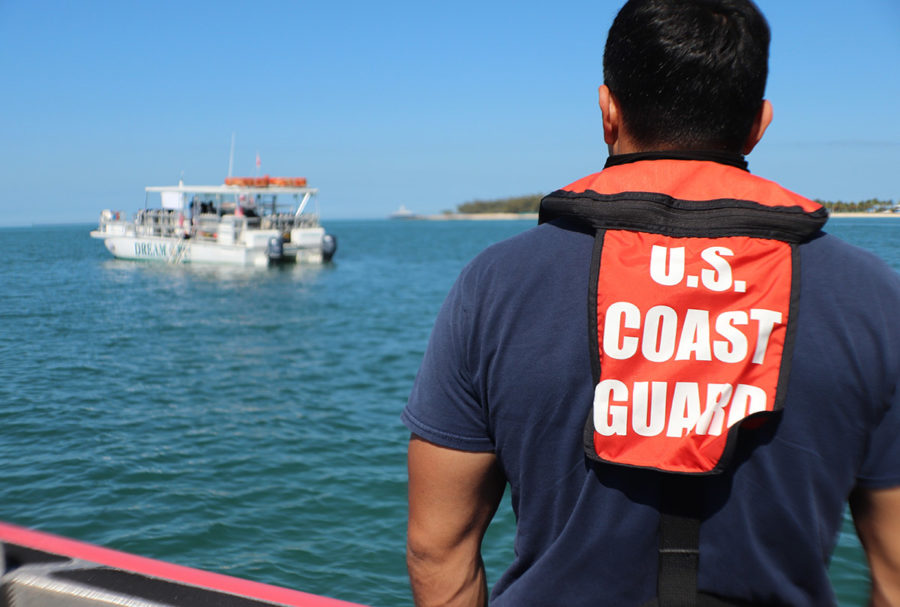
“Our students do numerous dives throughout the year in that specific training area and we were able to clean it up,” said Tiffany. “Not only does it help us safety-wise for dives in that area but it helps divers in Key West in general and we were able to do this alongside our NOAA brethren.”
Tiffany said that it “meant a lot” to hear that NOAA would help clean up the SFUWO training area and that they would continue to work with the governmental organization in the future to recover additional debris in and around the training areas near Key West.




















